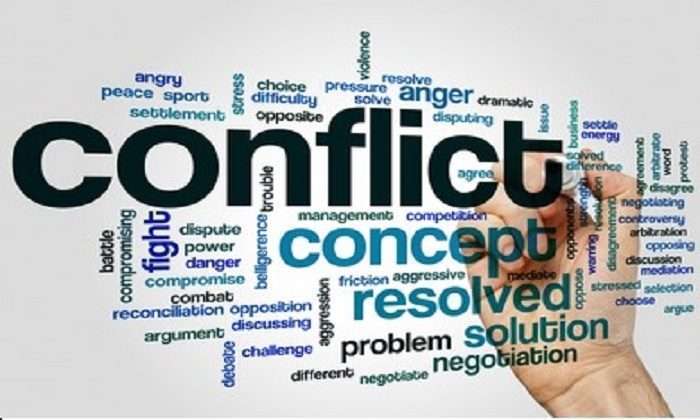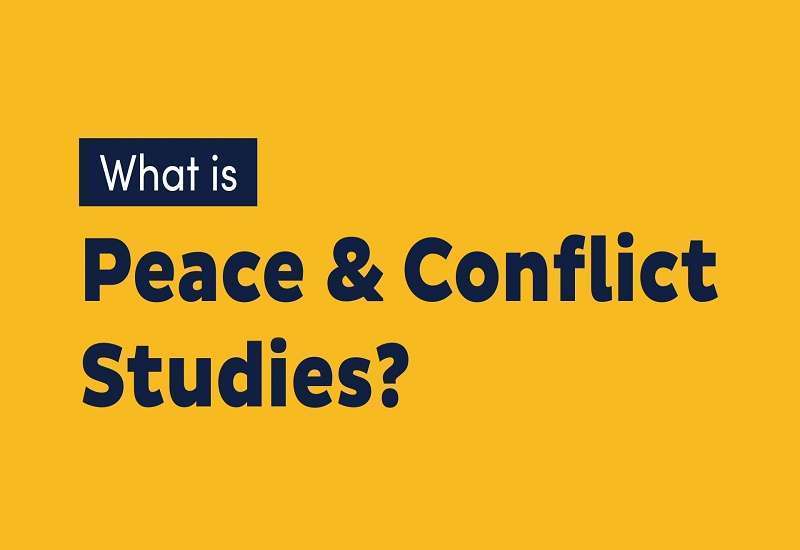Pcr111 NOUN Course Summary
Peace
Peace is defined as ‘a political condition that ensures justice and social stability through formal and informal institutions, practices and norms’. Miller and King (2003).
Different Perspectives of Peace
Ahimsa
This is religious base. It originated within the Jainism, a reforming sect of Hinduism, a faith prominent in Indian region where Gandhi grew up. Ahimsa is translated into English as ‘non -violence’, but in the original Sanskrit, it conveys more meanings compassing ‘non-injury’ to all aspects of forms of life, be it man, animal or plant.
Satyagraha
This is another principle of peace which was also pushed by Gandhi which means ‘the pursuit of truth’ or ‘insistence o n truth’ Gandhi (1928:36) argued that there is law of nature guiding the process of acquisition.
The law according to him states that whatever guided the process of acquisition, will also guide the sustenance or the keeping of that acquisition. He therefore argued that it is then better to acquire whatever thing we want, be it political, economic or social in a non-violent way, so that we can keep it the same way. ‘A thing acquired by violence can be retained by violence alone’ Gandhi (1928:36).
The idea of satyagraha goes beyond non-violence, but ‘embodied a life long pursuit of truth’.
Conflict Resolution
This perspective talks about mediation, negotiation and arbitration. These processes encouraged the use of neutral third party to facilitate the process of peace making. The processes could be applied to inter and intra personal and group conflicts.
Pacifism
This is historical theory that rejects war as a means of settling disputes. This theory argues that peaceful efforts should be applied in conflicts. It was first used in 1902 at the tenth Universal Peace Conference at Glasgow, Scotland. People opt for pacifism because of religion or the belief that war is ineffective and obsolete.
Just War
This theory was derived from the works of Bishop Augustino of Hippo after the fall of the Roman Empire. The theory makes case and guidelines for war. This theory has influenced much of the Western political thoughts in general and international wary laws in particular.

The Contemporary Perspectives;
The Cognitive Perspective
This refers to those theories that believe thoughts and perceptions are most important in determining communication behaviors. These are the theories that believe that what goes on in the mind of a person determines what he will say.
Interaction Perspective
This perspective believes that behavior has the key to understanding meanings. They argue that you cannot understand a concept outside of the context. ‘Meaning cannot be discerned independent of context’. ‘Situations are negotiated by actors thro ugh the behavior they enact’ .
Thus, there are different dimensions of perceptions:
-
Intrapersonal perception: The way an individual perceives or sees himself in a given time;
-
Interpersonal perceptions: Here, the way one sees other people. This may include the way a child sees his father compared to somebody else’s father. Having a negative perception about other people can lead to conflict.
Perception of situation/environment
These perceptions are informed by the happenings about us. For instance, the issue of insecurity among the workers in Nigeria has created a form of psychological torment, which has made most of these workers develop an habit of hostility, that has often resulted in a conflict situations between them and innocent citizens who often deal with government agencies.
Causes of Conflict
According to Maoz (1982), conflict is “a state of incompatibility among values, where the achievement of one value can be realized only at the expense of some other values. Conflict may arise within single organisms pursuing multiple goals as well as between striving at incompatible goals” (1982:12).
List of Causes of Conflict
Though, there are several causes of conflict, but they can be categorized into the following:
-
Conflicts may occur due to resources;
-
Conflicts may take place as a result of psychological needs; Conflicts may erupt due to values
-
Conflicts may emerge resulting from mismanagement of information.
Causes of Conflict: Discourse
Resources:
Conflicts can emerge due to resources. It is very easy to identify any conflicts that emerge consequent on resources. These conflicts erupt when two or more parties aspire for scarce resources.
Psychological Needs:
Any conflict that arises due to psychological needs are those that cannot be seen. Psychological needs are psychical in nature, as they involve a mental phenomenon within an emotional framework.
Values:
Conflict may also emerge due to differences in the value of the people or organizations. Value includes philosophy, religion, and ideology among others. The values describe our personalities, our potentials and our shortcomings, even our down-lows.
Get the complete pcr111 course summary for just a token on 08089722160.
RELATED POSTS:
-
NOUN SUMMARY DOWNLOAD (GST105 SUMMARY)
-
Download NOUN e-Courseware (Course Materials for all Department)
-
NOUN E-exams Past Questions Download
-
NOUN GST Past Questions Download










